View cart “The Kautilya Arthasastra, Vol.2: Translation with Critical and Explanatory Notes” has been added to your cart.
Vedic Hermeneutics
₹450.00
Sold By:
Motilal Banarsidass Publishing House
In stock
Vedic Hermeneutics
This book asserts that the Veda is what makes known knowledge inaccessible to empirical means of knowledge and what does not contradict what is known through history, science, reason, and common sense. Additionally, it states that the Veda is what does not contradict what is known through common sense. Only information that is relevant to Dharma and Brahman is included in its content. It is possible to correctly comprehend it by using the concepts that have been outlined by the Nirukta and the two Mimamsas.
What the most influential tradition recognises as the Veda is, in point of fact, the Veda. A wise person once remarked, "The meaning of its earlier section is lighted by the smrtis, and the meaning of its latter portion is lit by the itihasa-puranas." Understanding its significance requires, among other things, familiarity with the bhasyas written by Madhva, Sayana, and Atmananda. This study makes an effort to demonstrate that this is the case. Both the assertion of the oneness of Being and the awareness of that unity may be found in the Rgveda. The Yajurveda imparts knowledge to us about the deed that is superior. Chanting and meditation on what the first Veda praises or depicts is at the heart of the Samaveda. The Atharvaveda proposes that being and man are quite similar to one another, if not identical.
Too Good to Resist Sale is Live BUY AND SAVE NOW
SKU:
9788120811058
Categories: Books, Featured Books, Hinduism
Tags: Hinduism and Its Sources, Motilal Banarsidass
Vedic Hermeneutics
This book asserts that the Veda is what makes known knowledge inaccessible to empirical means of knowledge and what does not contradict what is known through history, science, reason, and common sense. Additionally, it states that the Veda is what does not contradict what is known through common sense. Only information that is relevant to Dharma and Brahman is included in its content. It is possible to correctly comprehend it by using the concepts that have been outlined by the Nirukta and the two Mimamsas.
What the most influential tradition recognises as the Veda is, in point of fact, the Veda. A wise person once remarked, “The meaning of its earlier section is lighted by the smrtis, and the meaning of its latter portion is lit by the itihasa-puranas.” Understanding its significance requires, among other things, familiarity with the bhasyas written by Madhva, Sayana, and Atmananda. This study makes an effort to demonstrate that this is the case. Both the assertion of the oneness of Being and the awareness of that unity may be found in the Rgveda. The Yajurveda imparts knowledge to us about the deed that is superior. Chanting and meditation on what the first Veda praises or depicts is at the heart of the Samaveda. The Atharvaveda proposes that being and man are quite similar to one another, if not identical.
About the Author(s)
K. Satchidananda Murty Padma Bhushan, Vachaspati, Kalaprapurna, Vidyasagara,Honorary Professor in Jawaharlal Nehru University, New delhi.
Additional information
| Weight | 0.5 kg |
|---|---|
| Dimensions | 10 × 11 × 12 cm |
| Book Author | K. Satchidananda Murty |
Be the first to review “Vedic Hermeneutics”
You must be logged in to post a review.





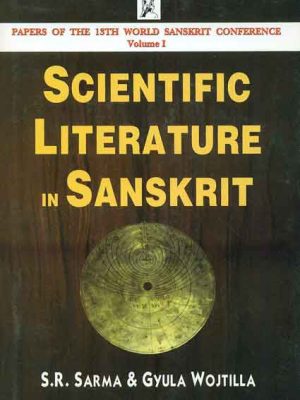
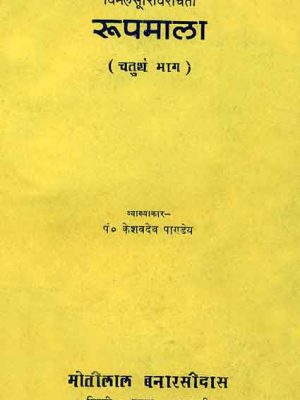
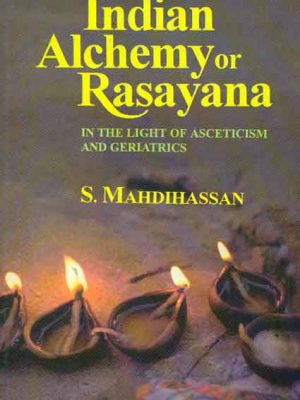
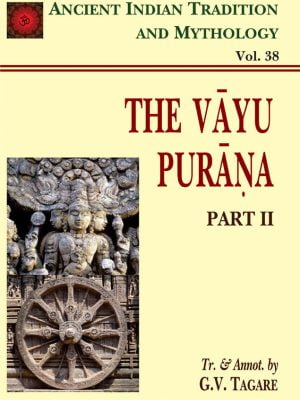
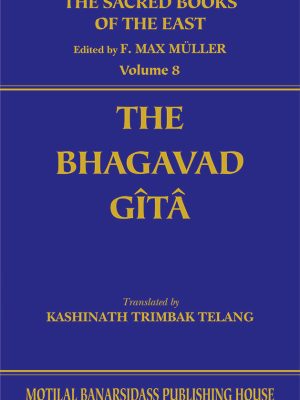
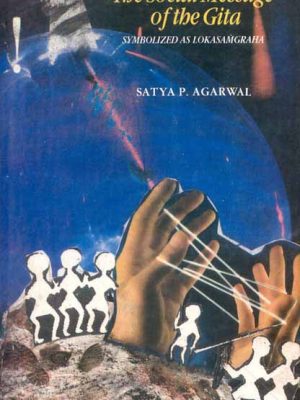
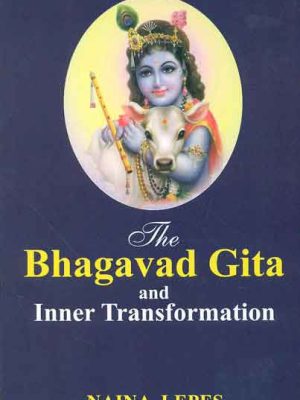
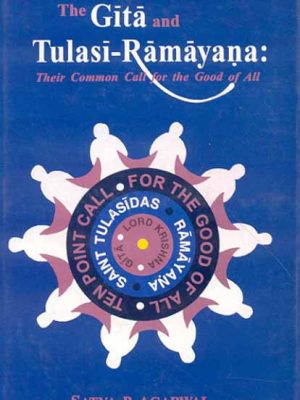

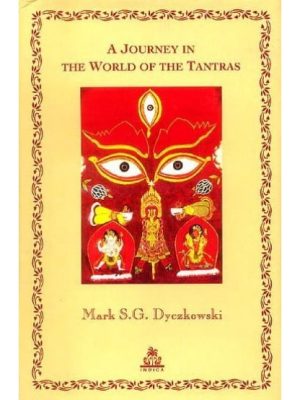
Reviews
There are no reviews yet.